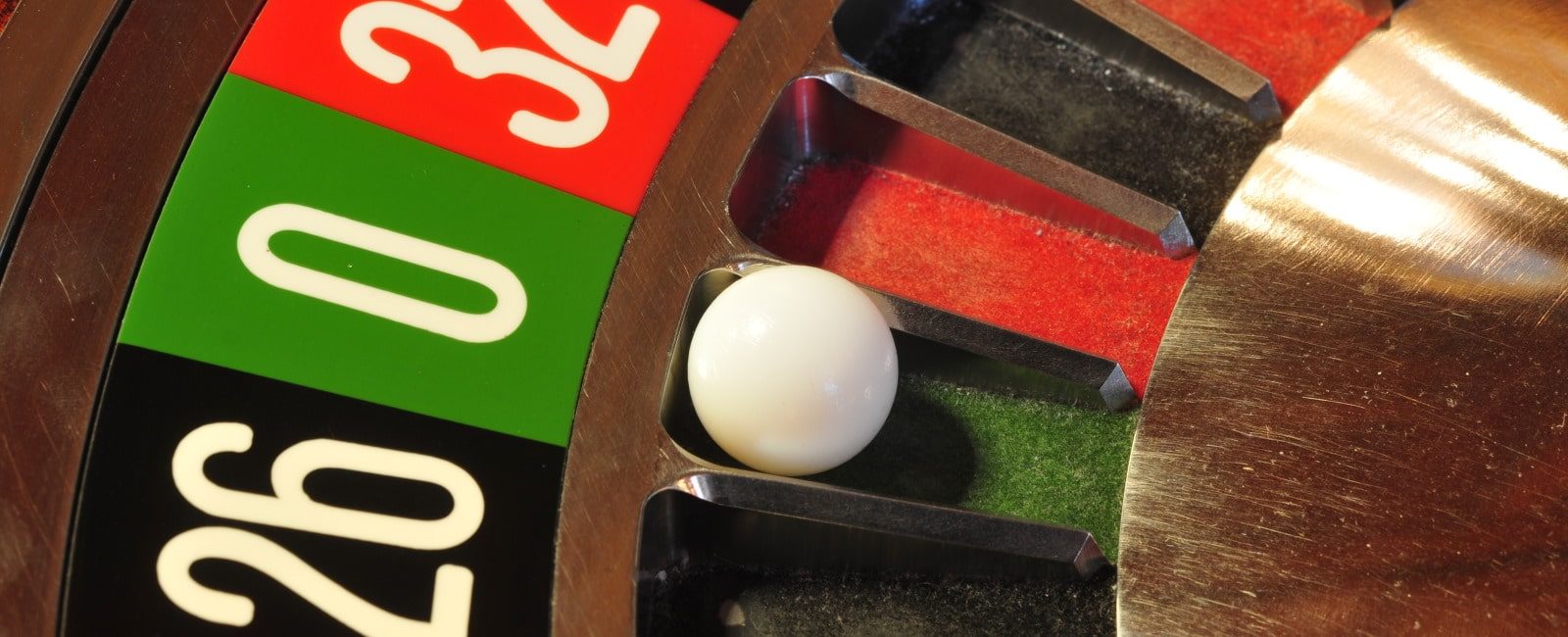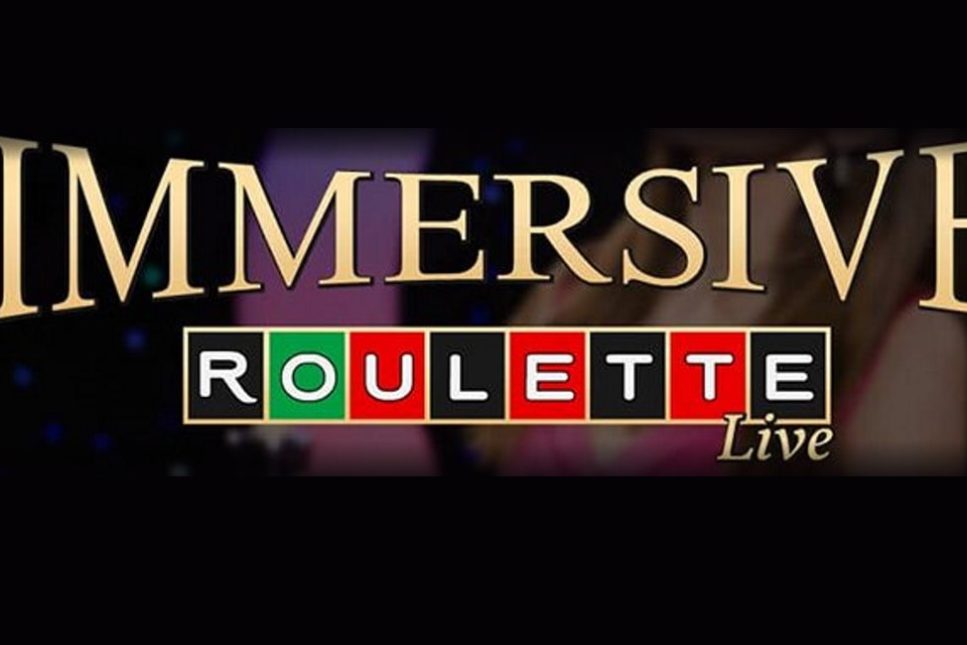Hibbs and Walford
Albert “Al” Hibbs and Roy Walford were students at the University of Chicago in the 1940s. Hibbs studied mathematics student and Walford was a medical student. They teamed up together to try and crack the roulette code in Nevada, which was the only state that allowed gambling on the roulette table at that time. These guys were early Roulette Clockers.
Kick starting their motorbikes, they headed down to Reno, where they directed their considerable powers of observation to the roulette wheels to hunt for a way of getting an edge over the casinos by looking for flaws in the equipment. They also spent time in Vegas with the same objective.
Try the Live Roulette tables at 32Red

Back in the 40s, the wheels weren’t the sophisticated beasts you come across today at modern day casinos. They were nowhere near perfecting the “Perpetual Motion Machine” in those days, and it was these defects or wheel biases that became the focus of their efforts.
By closely monitoring the behaviour of different wheels, they were able to develop models to predict the outcomes and coupled with clever betting systems, they successfully turned the house edge on its head and won thousands of dollars which they used to buy a boat and sail around the world.
The Milwaukee Journal and St Petersburg Times both ran articles in 1947 on the 2 students and how they developed a roulette system that turned $300 into $8300. In todays’ money, according to Dollar Times, that is equivalent to turning $3368 into $93,000. Quite a nice session on the tables!
They played at the tables for 40 hours on the trot and bagged a huge return, having previously won “only” $6,000 on their first session. Remember, that is still 6 grand in today’s money.
How did they do it?
Well, whereas these days roulette clockers use super computers, in the 40s in Reno you could get away with a pad of paper and a pen. They spent hours at the roulette wheels writing down the winning numbers (the casino called the police who arrested them, but the charge failed to stick and they were released as they had not broken any laws.
After a week or so of analysing the results, they started putting some skin into the game. They bet on the number 9 every spin, fluctuating from 2 to 13 chips, and the rest is history. Hello yacht, and hello Caribbean.
Hibbs ended up studying for a PhD in theoretical physics under Richard Feynman and co-wrote Quantum Mechanics and Path Integrals.
Did they continue to make money on the tables? Who knows? They certainly didn’t tell anyone if they did, but it must have been tempting to travel around the world and look out for unsophisticated roulette wheels.
Both Hibbs and Walford were very transparent about how they beat the casinos and were featured in Life Magazine in 1949- this article was the catalyst that forced the casinos to improve their wheels and to make them more unpredictable. Hibbs later went on to star in Groucho Marx’s popular TV quiz show, “You Bet Your Life.” in 1959. Millions of viewers heard all about Hibbs’ casino system.
Immersive Roulette
Game Facts Immersive Roulette is Evolution Gaming’s top game on their live dealer platform. The game action is beamed from a physical roulette wheel…
Hibbs later worked at NASA’s Jet Propulsion Laboratory (JPL) where he went on to become “the voice of JPL.” He was heavily involved in the work behind Explorer 1, the first US satellite to orbit the earth, after Sputnik was launched by the USSR. He trained as an astronaut for the Apollo mission, but wasn’t selected to fly.
His partner on the wheel, Walford, became a well know figure in medical circles and became famous for his work on calorie-restricted diets as the key to living to a ripe old age.


